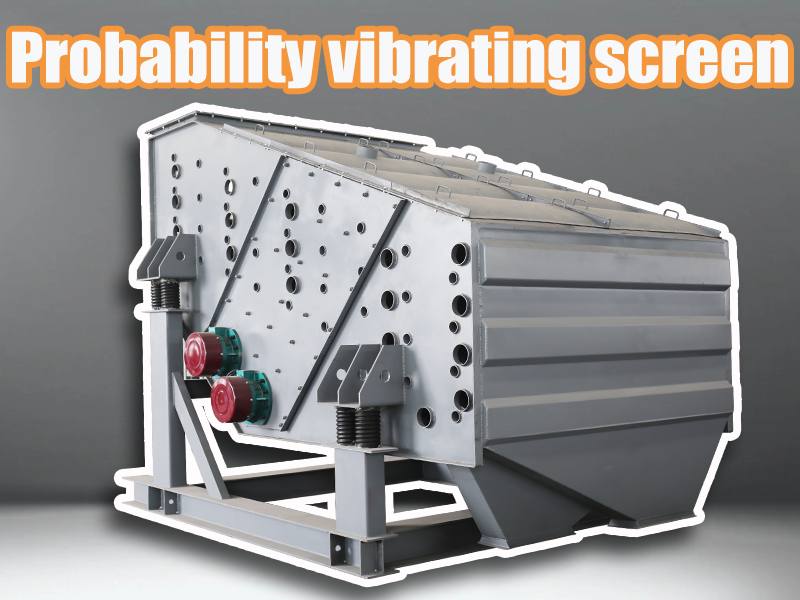Do you know the equipment that doubles the efficiency of quartz sand screening?
Post Date: 2025-05-29
In the field of industrial material processing, especially when dealing with bulk solids like quartz sand, efficient and accurate screening is essential to ensure product quality and consistency. One of the most advanced and effective solutions available today is the Probability Vibrating Screen, a type of high-performance screening equipment that has quickly become indispensable in many production lines.

Quartz sand screening typically involves two main objectives: coarse screening classification and fine multi-layer grading. Coarse classification separates large particles from small ones, while fine grading divides materials into multiple, precise size ranges. Achieving both goals with high throughput and precision requires advanced technology — and that's where probability vibrating screens come in.
One of the most striking advantages of this equipment is its screening capacity. A single probability vibrating screen can process 3 to 5 times more material than a traditional vibrating screen. This means that fewer machines are needed to achieve the same output, which translates to lower investment and reduced operational costs.
In terms of throughput, a single unit can handle between 10 to 300 tons per hour, depending on the material and machine configuration. This makes probability screens particularly well-suited for large-scale quartz sand production lines.
The superior performance of probability vibrating screens lies in their unique operating principle. Unlike conventional screens that use uniform vibration, probability screens employ low-amplitude, high-frequency vibrations combined with a large screening surface area. This significantly increases the probability that particles will find an appropriate opening and pass through, especially when multiple screen layers are used to separate various particle sizes with high precision.
In addition to higher capacity and accuracy, these screens are also known for their robust design and lower maintenance requirements. Their construction ensures long-term stability and reliability, even in continuous heavy-duty industrial applications such as mining, building materials, and chemical processing.

